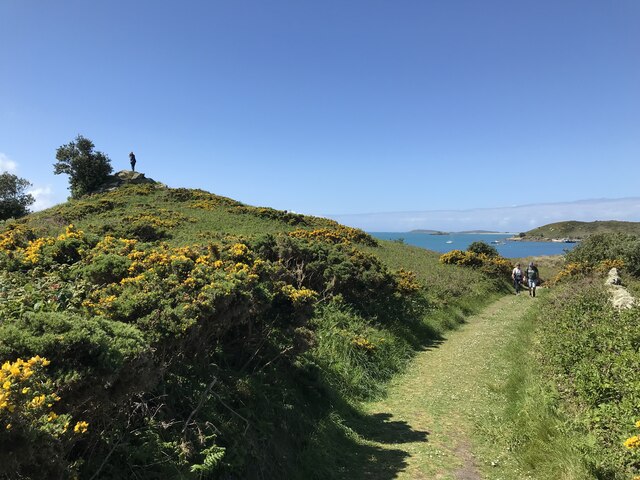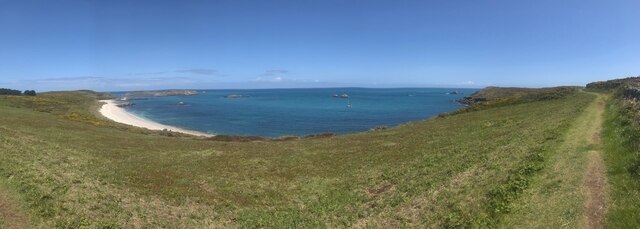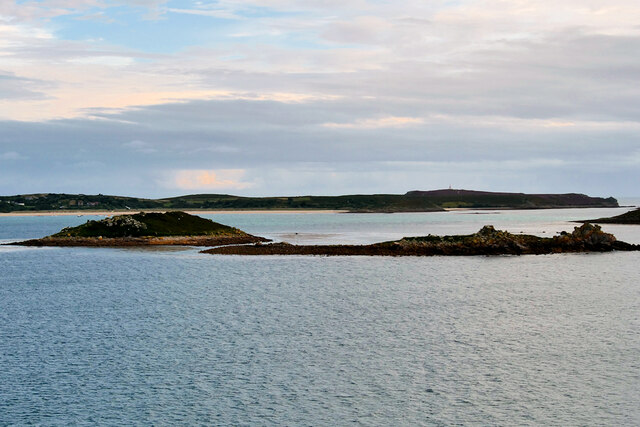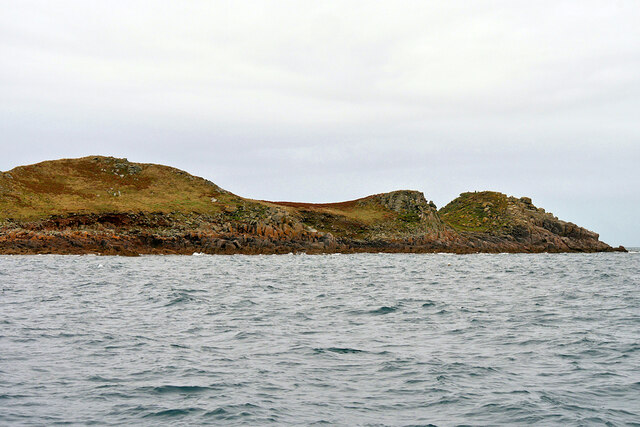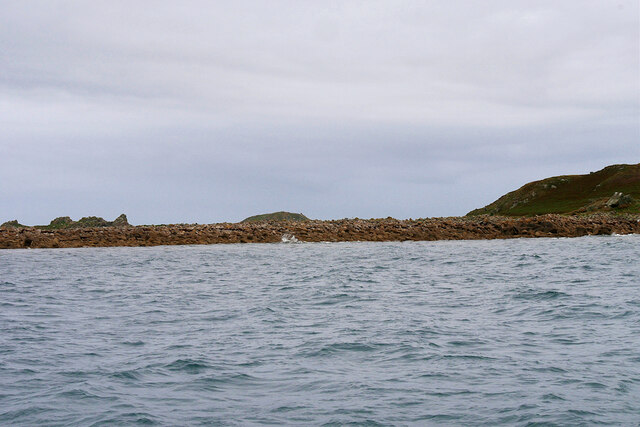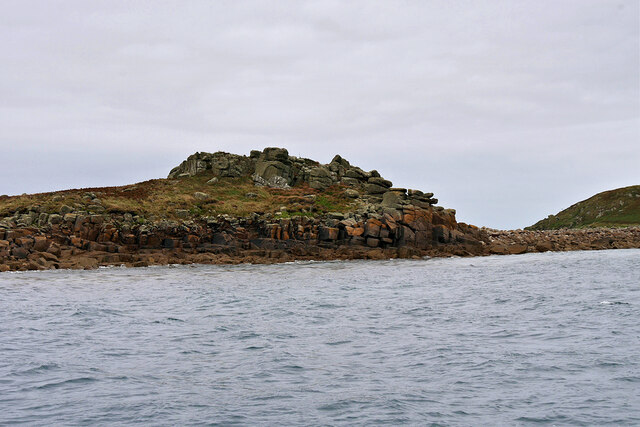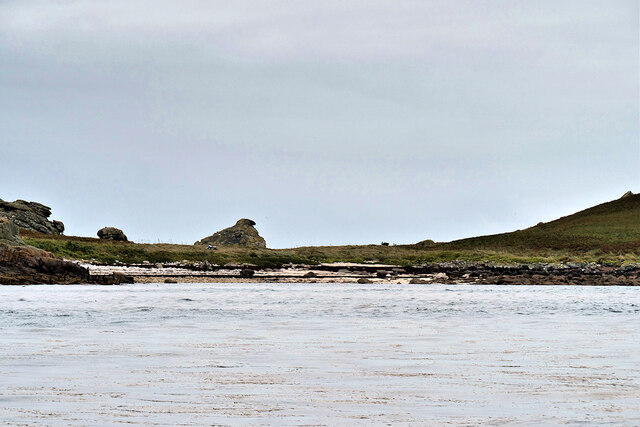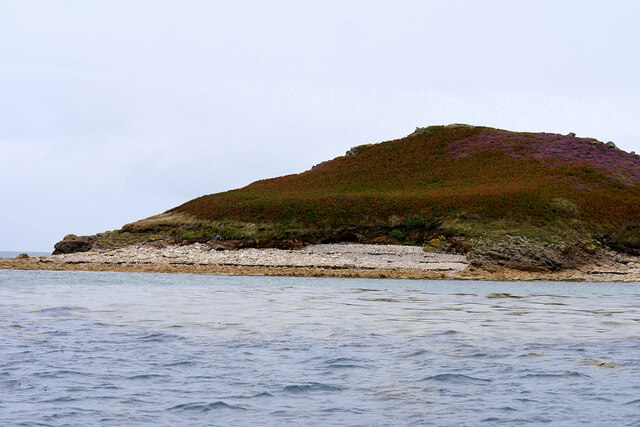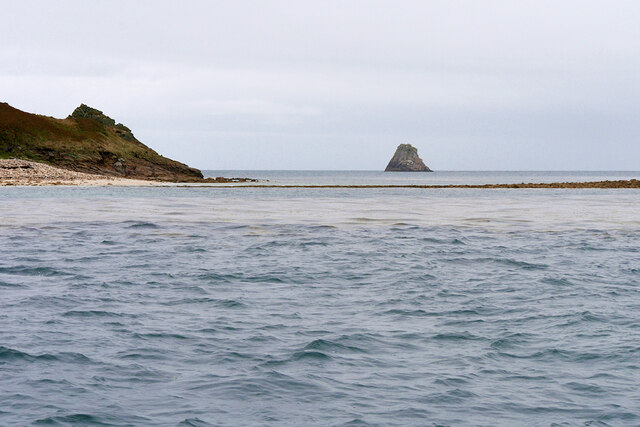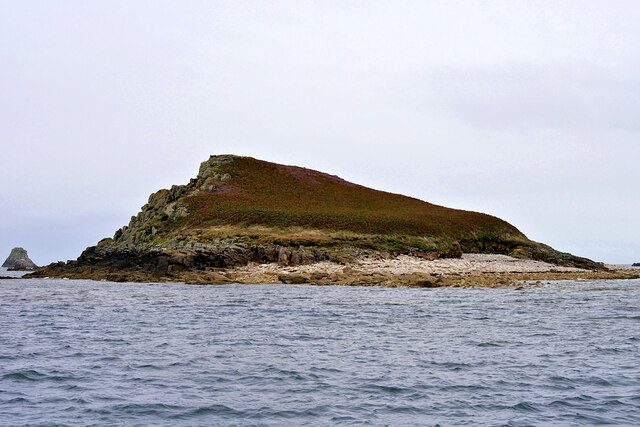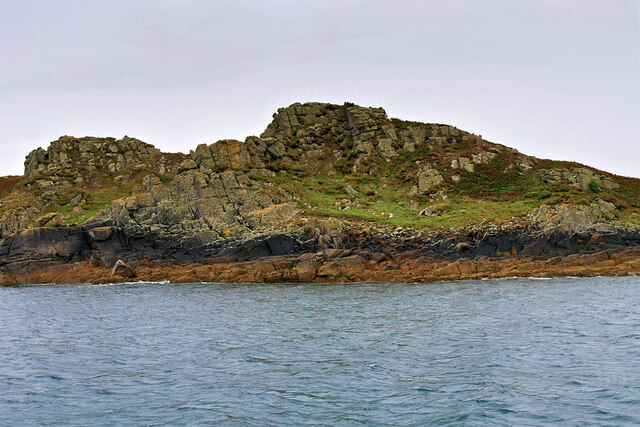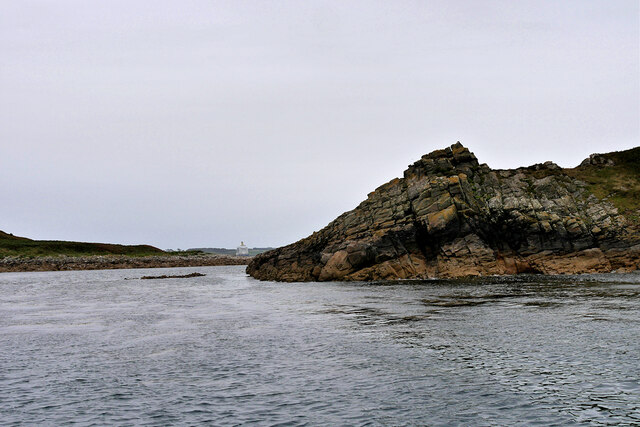Brandy Point Carn
Coastal Feature, Headland, Point in Cornwall
England
Brandy Point Carn
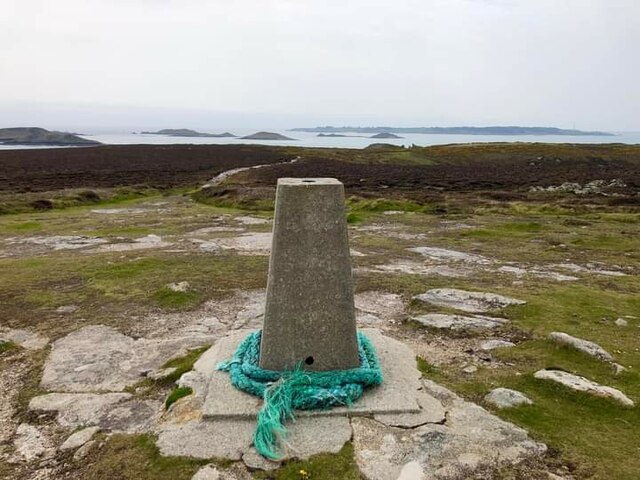
Brandy Point Carn is a prominent coastal feature located in Cornwall, England. It is classified as a headland and point due to its distinct geographical characteristics. Positioned on the southwestern tip of Cornwall, this coastal feature offers breathtaking views of the rugged coastline and the vast expanse of the Atlantic Ocean.
Brandy Point Carn is characterized by its rugged cliffs, which extend out into the sea, forming a natural barrier against the powerful waves. The cliffs are composed of sedimentary rocks, such as sandstone and shale, creating a unique geological formation that attracts geologists and nature enthusiasts alike.
The headland is also home to a diverse range of flora and fauna. The exposed cliffs provide nesting sites for various seabirds, including gulls, cormorants, and fulmars. Visitors to Brandy Point Carn may also spot marine mammals, such as seals and dolphins, swimming in the surrounding waters.
Access to Brandy Point Carn is relatively easy, with a well-maintained footpath leading to the point. Along the way, hikers can appreciate the stunning coastal scenery, with panoramic views of the azure waters and the surrounding countryside.
The area surrounding Brandy Point Carn is rich in history and vibrant local culture. Nearby, there are remnants of ancient settlements, including burial mounds and stone circles, providing insight into the area's past. The local community is also known for its fishing traditions, with small fishing villages dotting the coastline.
Overall, Brandy Point Carn is a captivating coastal feature that offers visitors a chance to immerse themselves in the natural beauty and rich history of Cornwall's extraordinary coastline.
If you have any feedback on the listing, please let us know in the comments section below.
Brandy Point Carn Images
Images are sourced within 2km of 49.961395/-6.2656969 or Grid Reference SV9415. Thanks to Geograph Open Source API. All images are credited.
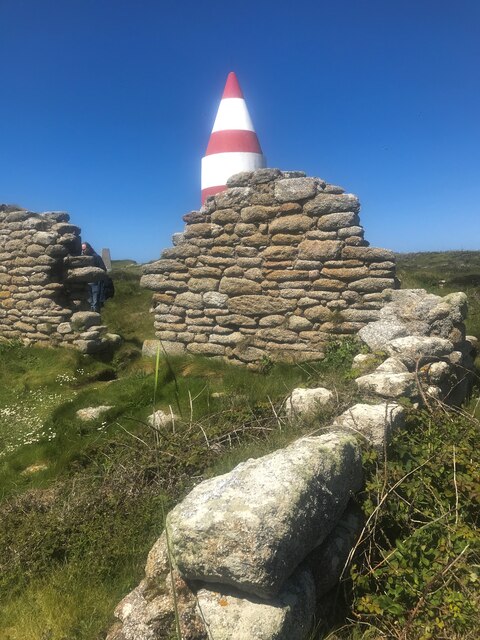
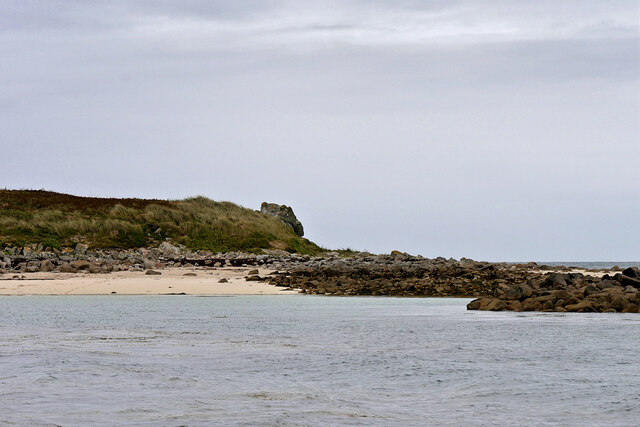
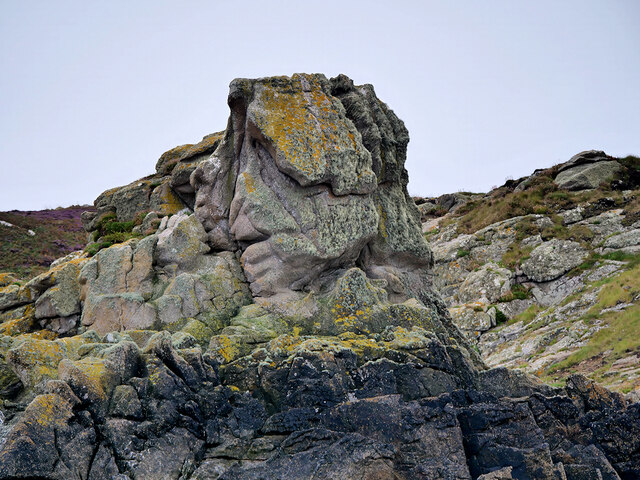
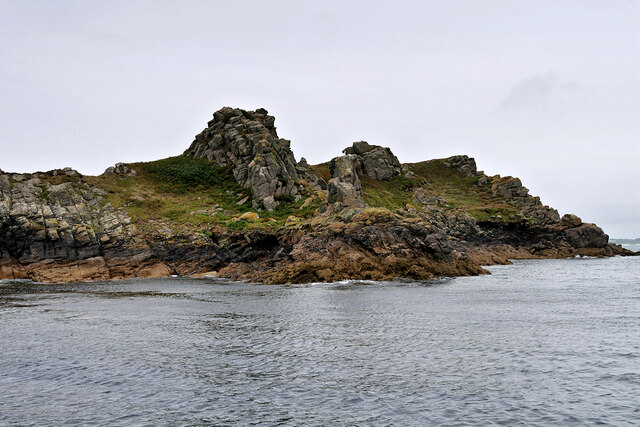
Brandy Point Carn is located at Grid Ref: SV9415 (Lat: 49.961395, Lng: -6.2656969)
Division: Isles of Scilly
Unitary Authority: Isles of Scilly
Police Authority: Devon and Cornwall
What 3 Words
///enveloped.retaliate.beard. Near St Martin's, Isles of Scilly
Related Wikis
PS Earl of Arran (1860)
PS Earl of Arran was a passenger vessel operated by the Ardrossan Steamboat Company from 1860 to 1871 and the West Cornwall Steam Ship Company from 1871...
Higher Town, Isles of Scilly
Higher Town (Cornish: Trewartha) is the easternmost and largest settlement on the island of St Martin's in the Isles of Scilly, England. It is situated...
Great Ganilly
Great Ganilly ( gə-NIL-ee; Cornish: Goonhyli Veur, lit. 'great saltwater downs') is one of the Eastern Isles of the Isles of Scilly. It has a maximum total...
Eastern Isles
The Eastern Isles (Cornish: Enesow Goonhyli, islands of the salt water downs) are a group of twelve small uninhabited islands within the Isles of Scilly...
Nearby Amenities
Located within 500m of 49.961395,-6.2656969Have you been to Brandy Point Carn?
Leave your review of Brandy Point Carn below (or comments, questions and feedback).
